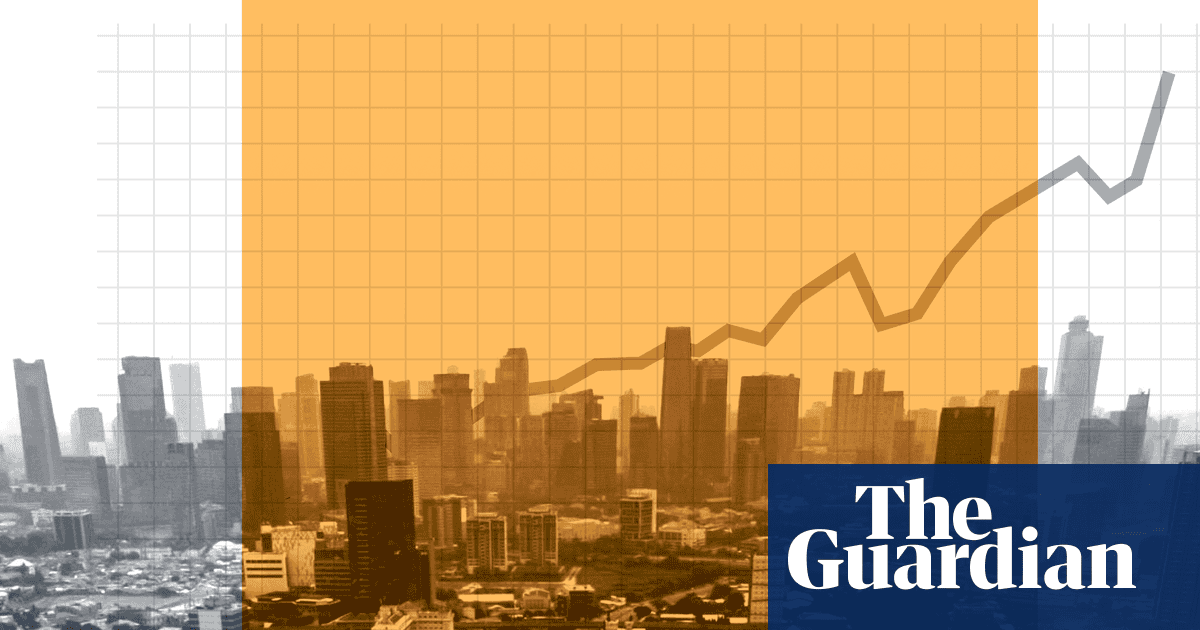
"Indonesia has experienced rapid economic growth over the past two decades, at an average of 5% a year since 1997. But this progress has been powered by carbon-intensive resources at a steep cost to the environment. Deforestation, peatland drainage and the extraction and burning of coal have powered Indonesia's development model, reshaping landscapes through timber, pulp and mineral excavation and palm-oil booms."
"Indonesia produces 55% of the world's palm oil, a sector that contributes 4.5% of GDP and employs more than 3 million people. More than 90% of Indonesia's energy comes from fossil fuels; coal dominates, providing 70% of electricity, and the country remains the world's largest exporter. Emissions are high: Indonesia released an average of 1.5bn tonnes of CO2-equivalent annually in 2018–20, about 3.5% of the global total."
Severe floods struck Bali during the peak of the dry season, washing away crops, collapsing houses, and killing 17 people. Indonesia combines high climate vulnerability with large greenhouse-gas emissions, ranking sixth globally in emissions while hosting the world's fourth-largest population. Rapid economic growth averaged about 5% per year since 1997, fueled by carbon-intensive activities. Deforestation, peatland drainage, coal extraction and palm-oil expansion have reshaped landscapes and driven emissions. The country supplies 55% of global palm oil and relies on fossil fuels for over 90% of its energy, with coal providing 70% of electricity and high annual CO2-equivalent emissions.
Read at www.theguardian.com
Unable to calculate read time
Collection
[
|
...
]